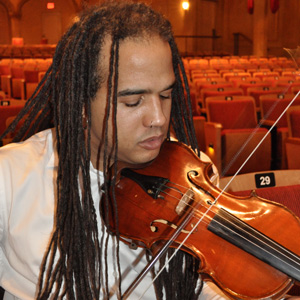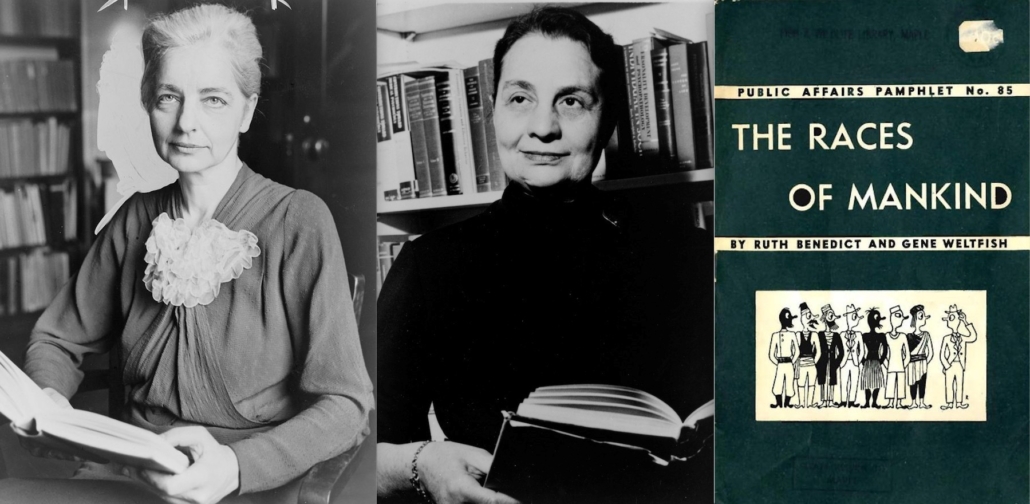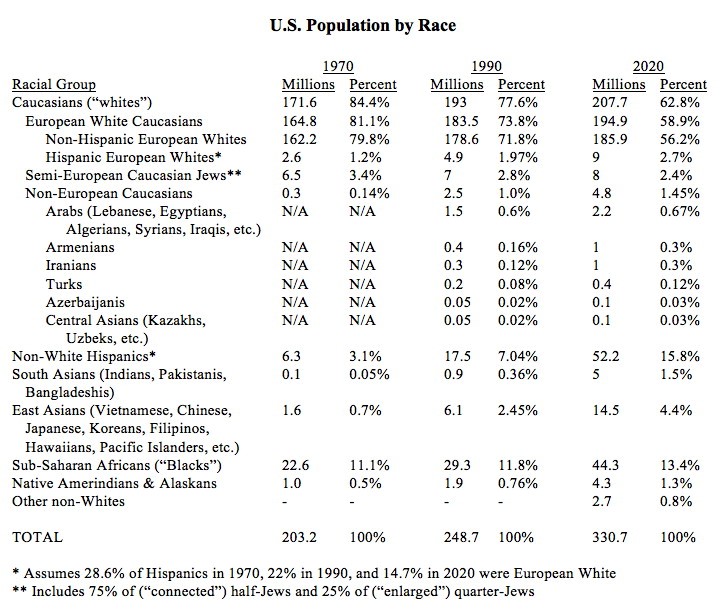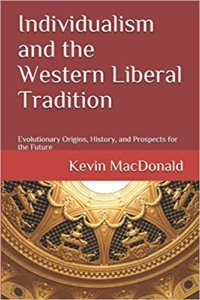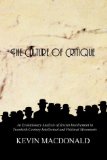Guillaume Faye: The Necessity of Contemplating an Ethnic War for Survival
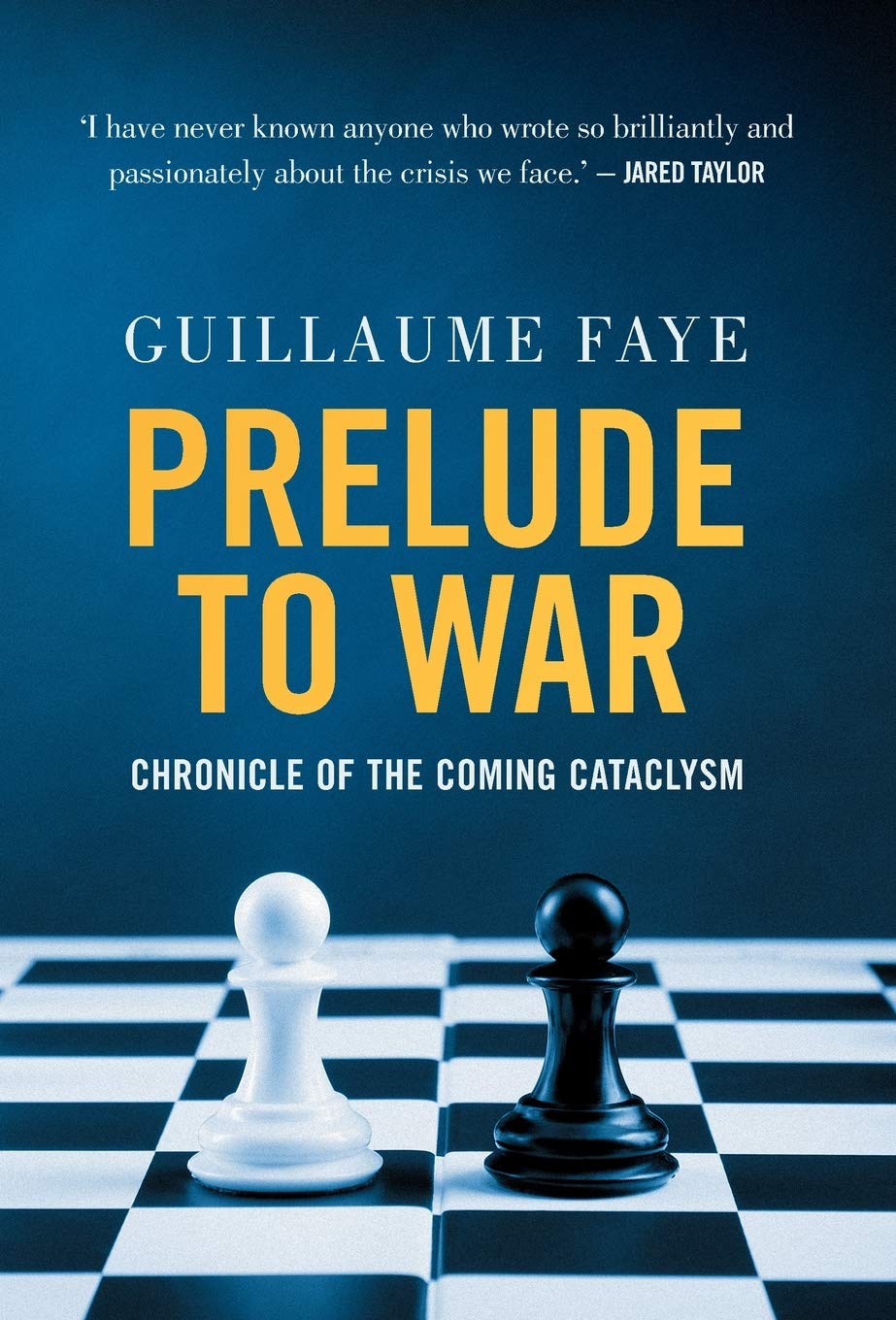
Guillaume Faye
Prelude to War: Chronicle of the Coming Cataclysm
Arktos, 2021.
“A people who no longer think about waging war are finished, drained of their substance and worn out from the inside.”
Guillaume Faye, Prelude to War
I discovered the writings of Guillaume Faye only after his death in 2019, when Arktos published a translation of Guerre civile raciale (A Racial Civil War). In the process of reading and reviewing that work, I wrestled with a writer whose style and content both gripped and informed, infuriated and exasperated. Reading Faye is, above all, an experience, and often an exhausting but irresistible one, something agreed upon by those who worked to compile the literary memorial to him published at the start of this year. It was therefore with a mixture of excitement and trepidation that I discovered Arktos had recently released a volume of translations of Faye’s earlier and most explosive texts including his highly controversial The New Jewish Question and his uncompromising, brutalist writings on the problem of Muslim mass migration. Since my expectations concerning the volume were mixed, it brought a smile to my face to see Faye, always the prophet, a step ahead of me in his introduction with the warning that: “Once you have finished reading this book, you may find yourself persuaded or disgusted; optimistic or pessimistic.” I’m glad to report that I emerged from this book persuaded and optimistic, and also convinced that, the usual idiosyncratic unevenness to Faye’s thought aside, this is the single best volume of the enigmatic Frenchman’s work available in English.
The volume opens with a competent, but unfortunately irritating, Foreword by Constantin von Hoffmeister. We are introduced to a broad overview of Faye’s thought, which is unnecessarily peppered with nasty asides at some of the very people most likely to now read and admire Faye’s work. We are told, for example, of a need to rid different nationalist groupings of “archaic positions, such as the outdated animosity towards Jews.” First, it should be considered an axiom that any people that starts believing the Jewish Question to be relegated to the past will soon find itself relegated to the past. Or to put it another way — patronize this issue at your peril. One of the irritating features of some nationalist writing from Europe is that it is overwhelmingly fixated on its primary, sensory experience of multiracialism (mass Muslim migration) while remaining ignorant or dismissive of the intensive Jewish politico-cultural entrenchment directly experienced by those in other jurisdictions (perhaps none more than the United States). One often finds the naive and simplistic need to have only one opponent at a time, with the chosen villain of the present panic rendering all other problems distant or merely “archaic.” With generosity, one might excuse von Hoffmeister’s comments by way of education (brainwashing) in Germany and experience (the undeniable and obvious effrontery of Muslim encroachment), but how then to explain why, a few pages later, von Hoffmeister accuses a nameless and amorphous mass called “the managerial class” of having “duped the people into committing civilizational suicide for inglorious amounts of shekels”?
Why the dog whistle? If the managerial class is acting on behalf of those capable of issuing massive bribes of shekels, then we are obviously talking about Jewish influence. I have no problem with this kind of coded language, but I do have a problem with denunciations of anti-Semitism (archaic!) occupying the same few paragraphs as dog whistles appealing to anti-Semitism (shekels!). It’s confusing and unnecessary. As a general rule, if your country’s laws, or your personal public position, limit what you can say about Jews, then it is best to refrain from addressing the subject at all, rather than engaging in a rhetorical game of peekaboo with the government and your readers that only serves to demoralize and disorient. The same can be said for von Hoffmeister’s claim that the Kalergi Plan is “non-existent,” which appears alongside his warnings about a coming multiracial “New World Order.” I finished the Foreword utterly confused as to what von Hoffmeister believes, and quite relieved that I could finally get to Faye’s writings which, while always challenging, are considerably clearer in terms of their logical progression.
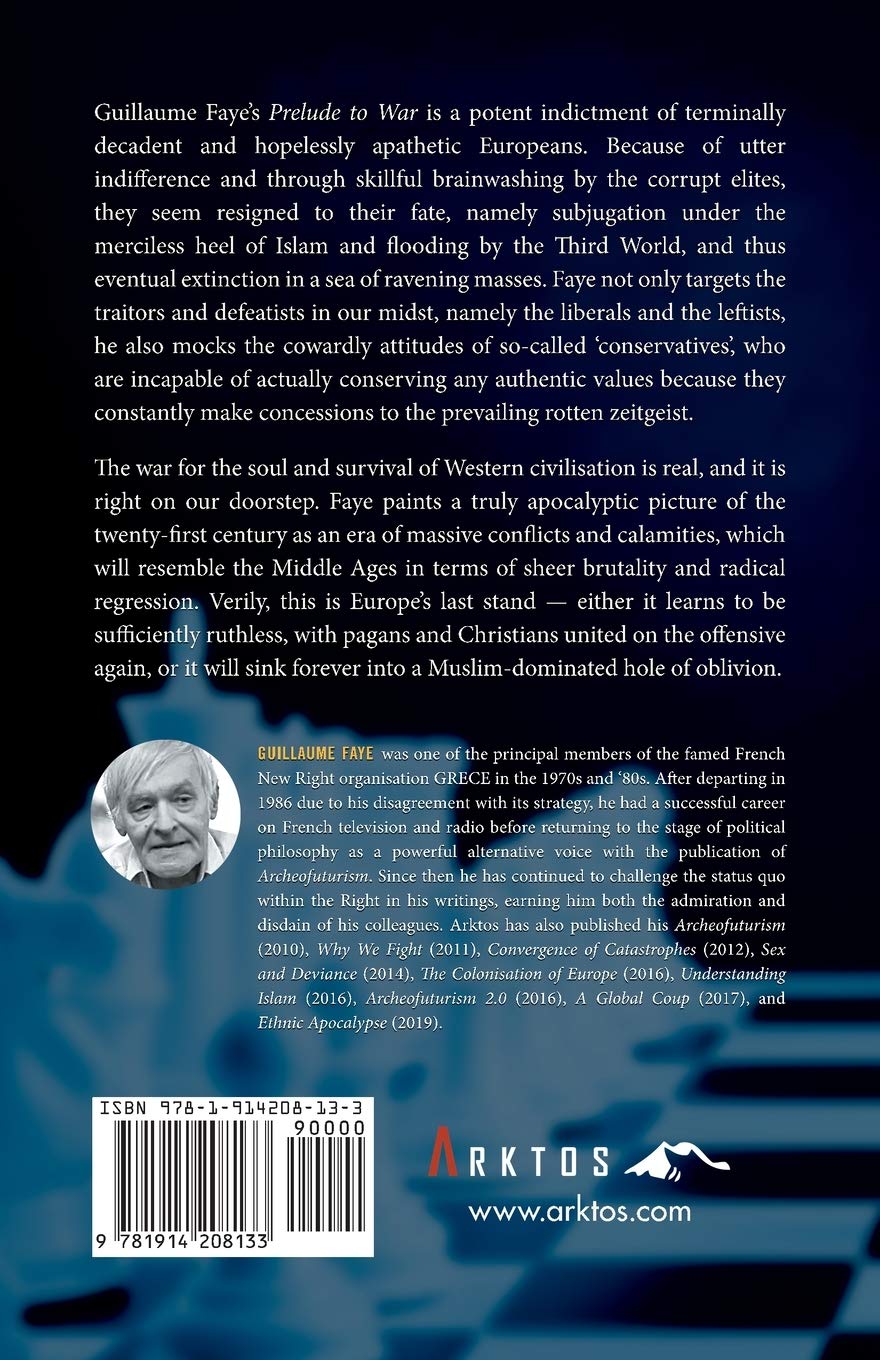
The volume very quickly recovers from its opening bum note. Faye always excelled in his adoption of the role of prophet, and despite his deep loathing of the prophets of Judaism and Christianity, he was in his own way a masterful apocalyptic preacher capable of blending the aggression and fanaticism of a Jeremiah with a distinctly European fatalism of the kind found in the Iliad. Faye, in a sense, wandered a cultural desert, uttering warnings in a political wilderness. Faye the Prophet wastes no time in this text, warning us plainly in his introduction that our days are numbered, that our materialistic and individualistic culture will soon be destroyed, and that our “bourgeois habits might be experiencing their final moments.” This is a book that covers a wide variety of subjects over twenty-one chapters, but which always returns to the inevitability of war, and of deepening conflict in all areas of life. Faye relishes the prospect, believing there to be “no universal morality.” An obvious Nietzschean, he declares that Good and Evil don’t exist and that “might is always right.” Faye demanded of Europeans that they simply engage in the fight to survive, because “whether one likes it or not, only the will to survive, demographic proliferation and combativeness can prevail over the reassuring and suicidal discourse espoused by the scribes of decadence.”
The book really begins with the impressive and aggressive first chapter, “Facing Islam.” I found it surprising that only one chapter in the volume concerned Islam, given Faye’s well-known preoccupation with the subject, but it does form a subtle background note to the rest of the book. Anyone familiar with Faye will anticipate the tone and direction of the material here. Faye warned that Muslims in Europe are ready and willing to “wage a war of revenge and conquest on our own soil.” Rather than seeing matters through a purely religious lens, Faye insists that what we are really witnessing is the beginning of an “ethnic civil war.” In this conflict, Islam has been adopted as a banner and identitarian standard, but we can see that “at the start, the Browns were completely indifferent to their own religion and were only interested in parasitic consumerism.” Ethnic grievance, for Faye, is the true driver of the coming war, whereas Islam will merely provide a useful veneer to the “Browns” who can use it tactically to enhance group cohesion and morale. Faye insists that Islam (“a vast undertaking of mental stupefaction”) is dangerous in its own right, however, and contrasts it with less totalitarian monotheisms like Christianity. Because of its role as “the purest kind of totalitarianism in existence,” Faye advocates only the strongest of responses to it:
No containment strategy could ever distress them. Islam only retreats when its members are told that one intends to eliminate it, to eradicate it once and for all. One must arouse fear in them, not negotiate. The only language that Islam understands is the language of force; such is its culture.
Faye closes the chapter with a condemnation of Western foreign policy in Muslim lands, arguing that the best cure for Islamic terrorism in Europe is to “abstain from bombarding Muslim countries and do the housework on our own soil.”
The second chapter of the volume, “Neo-Terrorism: Why One Should Be Pessimistic,” picks up the baton left by the opening chapter and delves deeper into the problem of Muslim terrorism in Europe. The volume unfortunately provides no guide to the dates on which the various essays/chapters were originally published, but some light exegesis led me to believe that the majority of the volume’s work was written in the handful of years immediately following 9/11 — roughly, the period 2002–2007. With this dating, some of Faye’s predictions appear remarkably prescient given the rapid increase in Muslim terrorism in Europe between 2010 and 2015, culminating in the 2015 massacre at the Bataclan in Paris. Probably writing no more than a few months after 9/11, Faye warned that Muslim terrorism would “spread considerably during the first decades of the twenty-first century,” boosted by the mediatization of society (especially the role of the internet) and the drive to pursue ever more spectacular forms of terrorist attack. Faye is once more scathing of Western responses to Islamic terror, singling out the response of the United States to 9/11 and comparing it to a “cowboy who pulls out his pistol to target wasps that he cannot even see.” Faye lamented the West’s ability to combat Muslim terrorism because Muslim migration itself represents a kind of quasi-military reinforcement and because Muslim terror networks are almost impenetrable even to the most skilled secret service agencies. The most crucial error of all, however, is the fact that
Europeans and Americans are utterly blind to the coming ethnic civil war and a demographic flood that is far graver than terrorism. What causes a people’s demise is neither the use of bombs nor military operations, but ethnic flooding. The primary and most effective weapon of war has always been embodied by an invasion of foreign populations, naturalisations, and a gradual seizure of power by foreigners.
The book’s third chapter, “The American Adversary,” is one of the slower-paced entries. It deals with an anti-Americanism that is quite specific to France, and which might leave many in the Anglosphere scratching their heads. There are some arguments that are becoming more current in Third Positionist discourse in our circles, including the idea that America is not a nation or empire, but “a massive commercial and financial undertaking supported by the military-industrial complex and founded upon the necessity of a permanent state of war.” To this kind of thinking I can only reply that there’s an element of truth to this analysis of the structure and expression of American power, but it also leaves a great deal unsaid. Most importantly, I believe there is definitely an American nation, even an ethnic (White) nation, but it is sublimated in the current culture and has been for several decades due to propaganda and demonization, the latter of which has ramped up enormously in recent years with the institutionalization of Critical Race Theory. Faye himself straddles both sides of the argument, believing that Europe and America can and should be strong allies, but insisting that American culture is built around war, “but not the glorious kind: hypocritical warfare, the offspring of commerce and industry.” For Faye, the United States represents a problem because of its influence in European affairs, but this problem should be regarded as temporary because the US displays “a purely material and mechanical appearance of power.” He insists that America lacks any sort of “demographic, cultural, spiritual, or, in short, historical foundation. It is a power comprised of merchants and brokers, the fleeting power of a short-lived civilisation.” As proof of his argument for American decline, Faye predicts “in 2030, the US will probably no longer be a mostly Anglo-Saxon country, but a Hispanic/African/Asian one, a fact that will alter quite a few perspectives.” Ethnically diluted, America will be unable to contend with the rise of China and the demographic expansion of Islam, both of which possess a foundation of longevity to their power that the United States lacks. Faye, I must be clear, doesn’t celebrate American decline, but rather he contextualizes it within what he perceives to be a coming globalized war: “the conflict shall, generally speaking, involve a clash between the White race and all others.”

On this note, the book moves to a brief chapter titled “Towards a New Cold War Between China and the USA.” Faye points out that American militarism has most often been directed only against small countries like Vietnam, Panama, and Serbia, but now faces “the enormous China, a terrifying challenger which, thanks to its 1.25 billion inhabitants, can indeed withstand any losses resulting from nuclear strikes and is now endowing itself with long-range missiles.” The chapter contains an interesting analysis of the character of Chinese nationalism, and the Chinese perspective (fiercely relativist) on the notion of democracy and the philosophy of human rights.
The fifth chapter of the volume, “Towards an Ethnic Civil War in Europe,” contains material that will be very familiar to those who read Faye’s Ethnic Apocalypse (originally published in French as Guerre civile raciale). The content here is an exceptional dissection of race relations in France that has overwhelming relevance to multiracial societies everywhere. Take, for example, his discussion of anti-police riots in France, written more than a decade before last year’s Summer of Floyd:
The mechanism that triggers such rioting is always identical: a police officer injures or kills an Afro-Maghrebi delinquent that had aggressed him to avoid getting arrested (after being caught red-handed); alternatively a French citizen is attacked and, overwhelmed with fear, defends himself … Police interventions and law enforcement actions are regarded as virtually political and territorial provocations.
One example provided by Faye, that made me laugh until I pondered the seriousness of it all, concerns a riot that followed the death of “a man named Kamel, who had died as a result of having severed his femoral artery while smashing the window of a shop he was burgling.” All of which goes to prove quite clearly that these riots are not about justice and security but rather, as Faye argues, about ethnic claims on territory and attempts to gain an advantage in competitive racial politics. For Faye, aggressive race riots are nothing more than a prelude to racial civil war, since “war always begins in public spaces and through provocations. It is animal-like and ethological.”
Whites are paralyzed from acting against this process, or even perceiving it, in part because of the nature of the relationship between White socio-economic classes. This theme comprises the volume’s sixth chapter, “The New Social War and the Economic Crisis.” Faye explores the evolution of leftist parties into bourgeois movements, and astutely points out that the mindset of the bourgeoisie “can only acknowledge competition in an economic context.” Blind to competition outside this paradigm (e.g., racial competition), “the entire Left despises our native people.” In today’s Europe, Faye argues:
The Left embodies the most refined expression of the worst possible aspects of the bourgeois ideology: cosmopolitanism, hatred for our native people and its traditions, the worship of money concealed under a façade of philanthropic motivations, xenophile, etc.
The ‘anti-racist’ bourgeois “are always careful to enroll their children in private and foreigner-free schools,” but elsewhere there is a “class complicity between the ruling anti-racist bourgeois upper class and the immigrant-colonisers to the detriment of our native population, a population that works, pays and suffers every act of violence.” Faye attacks French culture, which he sees as undervaluing manual work while lavishing praise on “parasitic professions” like journalists, TV presenters, and public intellectuals. The chapter closes with a scathing indictment of White guilt, and a call for investment in “high-quality education and a dynamic demography based on pro-natalist policy.”
At this stage, the volume departs from thematic connection between chapters and launches quite unexpectedly into Faye’s controversial 2007 essay, “The New Jewish Question.” Although familiar with Faye’s attitudes to Jews as expressed in Ethnic Apocalypse, this was my first time reading “The New Jewish Question” in full. Predictably, given loud (and perhaps unfair) accusations that Faye revealed himself as a Zionist by publishing it, there is some material in the essay that I strongly disagree with. Overall, however, I have to say that it is not as bad as a thought it would be. Faye is certainly not a Zionist, but neither is he anti-Zionist. He is extremely dismissive of the situation faced by the Palestinians, but declares “I am neither philosemitic nor antisemitic.” He later refines this statement to “I am judeo-indifferent.” Whether such declarations are tenable given the saturation of Jewish interests in the life of the West is the real question here, and for my part I was unconvinced by Faye’s argument that one can simply abstain from any and all positions involving Jews. In fact, it seems a rather easy and convenient way out of some very difficult questions.
Faye advocates complete disinterest in the Israeli-Palestinian conflict on two grounds. The first is that he assumes that “the state of Israel may eventually disappear,” and therefore that the problem is in any case temporary. Second, Faye insists that no amount of help for Muslims experiencing problems in the Middle East will stem the tide of Muslim migration to Europe because migration flows have preceded all such conflicts and are unaffected by material circumstances in Muslim nations. Faye insists that “despite its apparent military power, Israel will not last long” because “its demographic flooding at the hands of Palestinian Arabs, regardless of whether the latter are Israeli citizens or not, is inevitable, since their fertility rate is twice as high as that of all Israeli Jews.”
Personally, I have deep reservations about Faye’s claims in this regard, based not least on the fact that Jewish birth rates in Israel have now surpassed those of Arabs, leading the Jewish Policy Center to declare that “the so-called population time bomb has disappeared in Israel.” I can think of no other nation on earth that demonstrates as much open concern about its racial composition, birth rates, and demographics as Israel, and one gets the impression that nothing is “off the table” in terms of what the Jews of Israel are prepared to do in order to maintain control of that territory. In short, the demographic flooding of Jews in Israel is far from inevitable, and is in fact extremely unlikely. In relation to Faye’s second point, he seems to miss the importance of moral arguments in Jewish propaganda on behalf of Israel, and in Jewish apologetic propaganda more generally. Although I certainly have no love for Arabs or Palestinians, I’ve always found pro-Palestinian rallies to be extremely interesting and useful counterpoints to Jewish dominance of Western moral narratives, and the many denunciations of Israeli atrocities have done much to dent, impede, or at least complicate narratives of the Jews as history’s perpetual and blameless victims. Aid for Palestine therefore doesn’t need to be focused solely on the stemming of migrant flows (I agree with Faye that they proceed regardless), but can remain a reasonable activity for anyone seeking to hinder Zionist influence and narratives globally.
Another flaw in Faye’s argument is that he seemed to believe that American Zionism is based not on the influence of powerful American Jewish lobbies, but solely on an American strategic drive to dominate the region a la Noam Chomsky. In this view, Israel constitutes nothing more than a passive partner to American ambitions, and it can be replaced with intensified American relations with Saudi Arabia, Turkey, and Egypt. Faye fully expected the eventual abandonment of Israel by the United States, an event that doesn’t seem, to any reasonable observer, even remotely conceivable now or at any future date.
Faye’s understanding of Jewish influence also left a lot to be desired. He concedes that “Jewish intellectuals” have been at the forefront of “immigrational laxism,” but later insists that “Jewish ambition is limited to a sort of spiritual and intellectual philosophy.” Much as I admire Faye’s writings, this is shameless nonsense. While “The New Jewish Question” is an interesting and novel essay, I must make it clear that while there are many reasons to read Faye, one of them is not to come to grips with Jewish matters. Faye failed miserably in this area, and there is, quite frankly, little I can offer in terms of mitigation other than the remark I made on reviewing Ethnic Apocalypse: “I see a paralysis-like error in [Faye’s] thinking, brought about by a quite understandable reaction to the stark and visible Islamisation of France.”
The volume recovers from this dip in quality very well, with Faye’s eighth chapter on “Europe and the Third World — An Impossible Combination.” The author attacks White guilt in relation to Africa (“this unintelligent continent”), and condemns the White charitable endeavors that have led to mass African demographic growth. The steady movement of this excess population into the West has swamped us with “aggressive beggars and false eternal victims.” Faye laments that Africa was ever colonized by Europeans, stressing that “in the absence of northern countries, Black Africa would return to the Neolithic in the space of one single generation.”
Chapters 9 through 17 deal with problems in contemporary culture, ranging from White “collaborationists” in multiculturalism, to the conceits of French intellectualism and political correctness. The seventeenth chapter, “Decadence — A Prelude to Collapse,” was one of my favorites, and deals with the imposition of “effeminate models” of behavior on European males. Faye attacks pornography, the promotion of homosexuality, and feminism for weakening our capability of waging a “war of wombs.” There are some terrific aphorisms in this chapter, alongside Faye’s typically scathing tone (“‘Tolerant’ people are imbeciles.”)
The book comes to a close with four essays that adopt a more philosophical tone. The most interesting of these is “Is Christianity Still Capable of Struggle?” I thought that Faye was hard but fair on Christianity in this piece, pointing out that Christianity has been so flexible and adaptive over time that a fifteenth-century priest would hardly recognize the religion we see today. This same flexibility and adaptiveness have allowed altruistic elements of Christian discourse to be “adopted by trade unions, parties, associations, and leagues, and people, therefore, no longer have any need of it, nor of its impoverished rites devoid of long-lost sacredness.” Faye also attacks the individualism in Western Christian notions of marriage (love matches), which he sees as directly responsible for “demographic decline and the collapse of the clan-based family for the benefit of unfertile and unstable nuclei that are henceforth open to the worst kind of psychopathy, namely the existence of homosexual couples.” Further, the secularization of certain Christian values has been catastrophic:
Never before have people talked so much about “loving their neighbour, and never before have social selfishness, disdain for the state of matrimony, the shattering of our close bonds of solidarity, lack of civic-mindedness, materialistic cynicism and violence been so prevailingly widespread.
That being said, I thought there were some points made by Faye against Christianity that were rather weak, not least his claim that Christianity promotes belief in the inherent goodness of man. This would surely come as a surprise to anyone familiar with the doctrine of original sin and the fallen state of Man and the world. The essay, despite its faults, will challenge and intrigue both Christians and non-Christians, and was in my view one of the highlights of the volume.
Concluding Remarks
Why read Faye? Certainly not for well-considered analysis of the Jewish Question. Nor, I must say, should one read Faye for his prophecies — he claims in his conclusion, for example, that “it is about 2010 that the great about-turn [in our favor] will begin.” The failure of this particular prediction provides a useful warning against the development of nationalist eschatologies (‘end of the world’ theories) based on allegedly imminent societal collapses, and Faye was an enthusiastic expert in the production of such eschatologies. With Islamic terrorism seemingly contained for the time being, or at least limited to events that Faye would not regard as “spectacular,” we must come to the realization that much more likely than sudden collapse is prolonged social, cultural, and demographic decline. This phenomenon is infinitely more difficult to oppose and reverse, but Faye had remarkably little to say on this subject. He was intensely disturbed by Muslim mass migration, and rightly so, but it tainted his work with a panicked quality operating on assumptions of a limited time horizon. This, I feel, will tend to limit the place of his work in posterity.
With these caveats out of the way, however, there remain many reasons to read Faye, and to read this volume in particular. Faye had a remarkable talent for writing, and his works are masterclasses in punchy, aggressive, and direct explorations of some of the most pressing problems facing contemporary Western peoples. Reading Faye, one is shocked at his lack of concern for France’s speech laws, a disregard that led to a number of appearances in court. Faye was courageous and bold, and his ideas are often bumpy and uneven, but always sincere. Perhaps the best reason to read Faye is that, despite his penchant for a coming apocalypse, he was an optimist. One can therefore read Faye to be encouraged. He closed this volume, after all, with the words: “Do not despair.”

